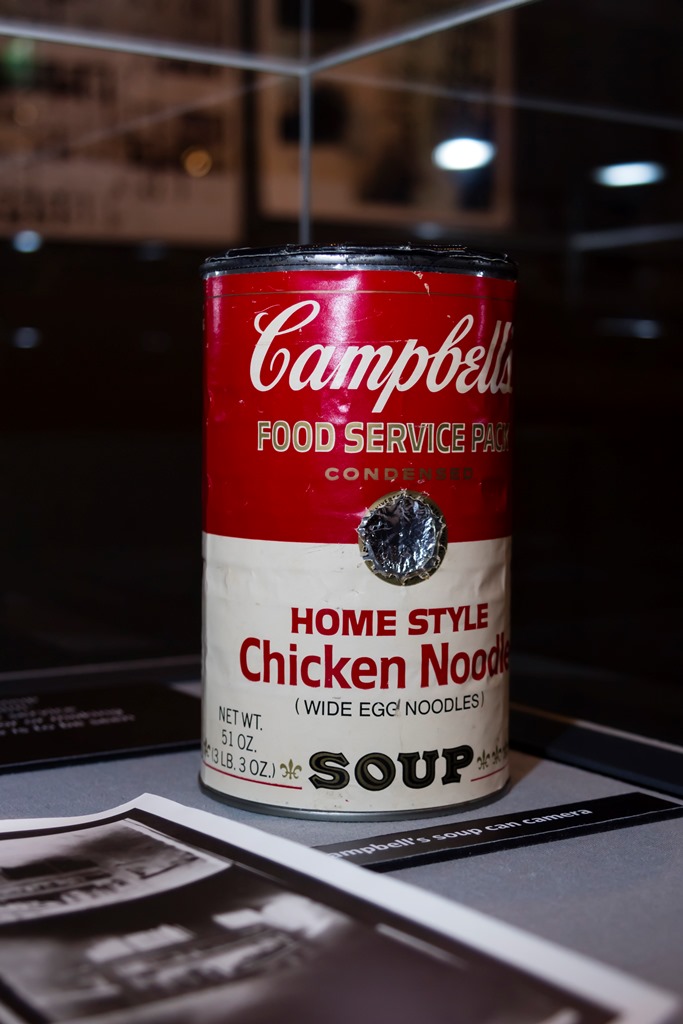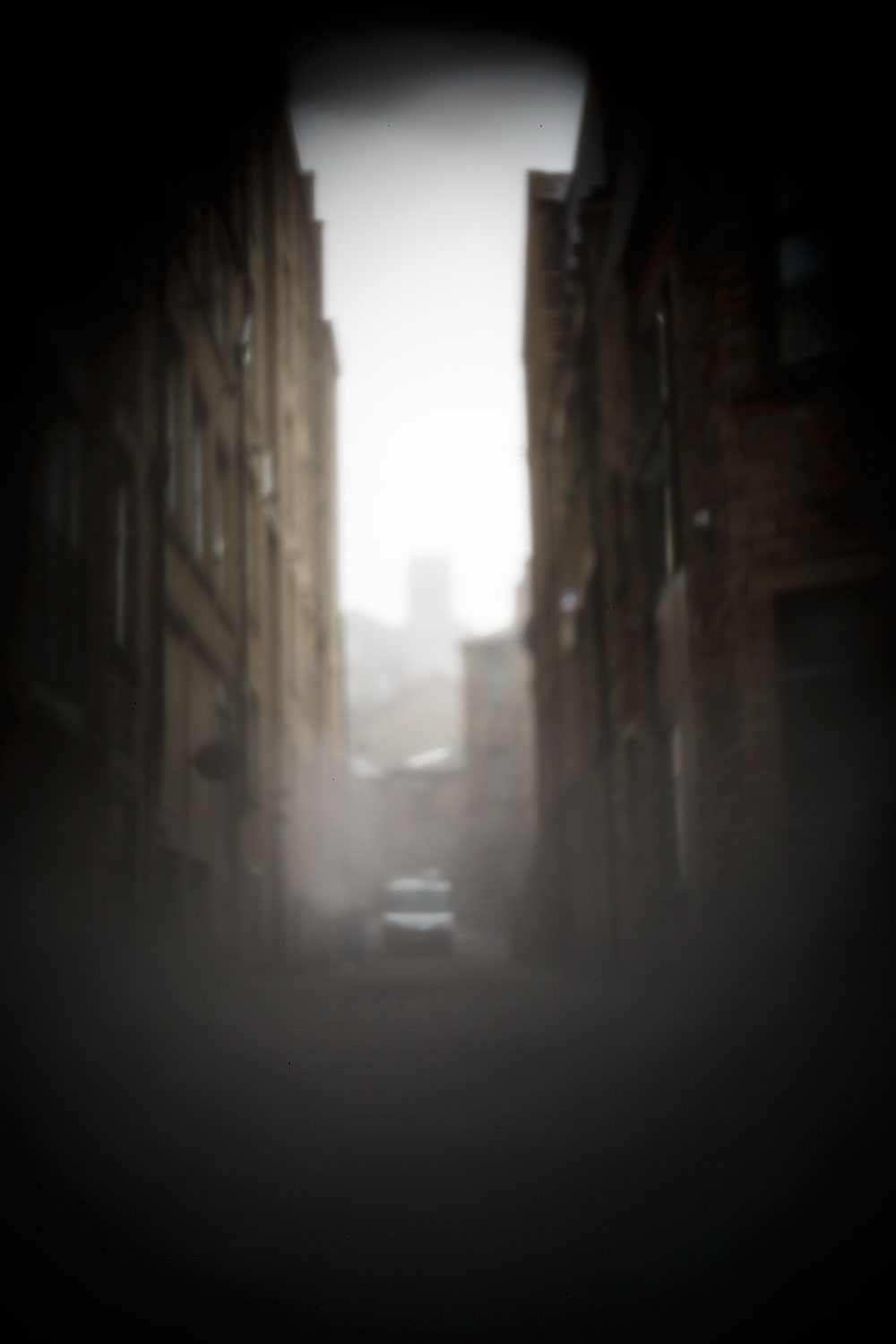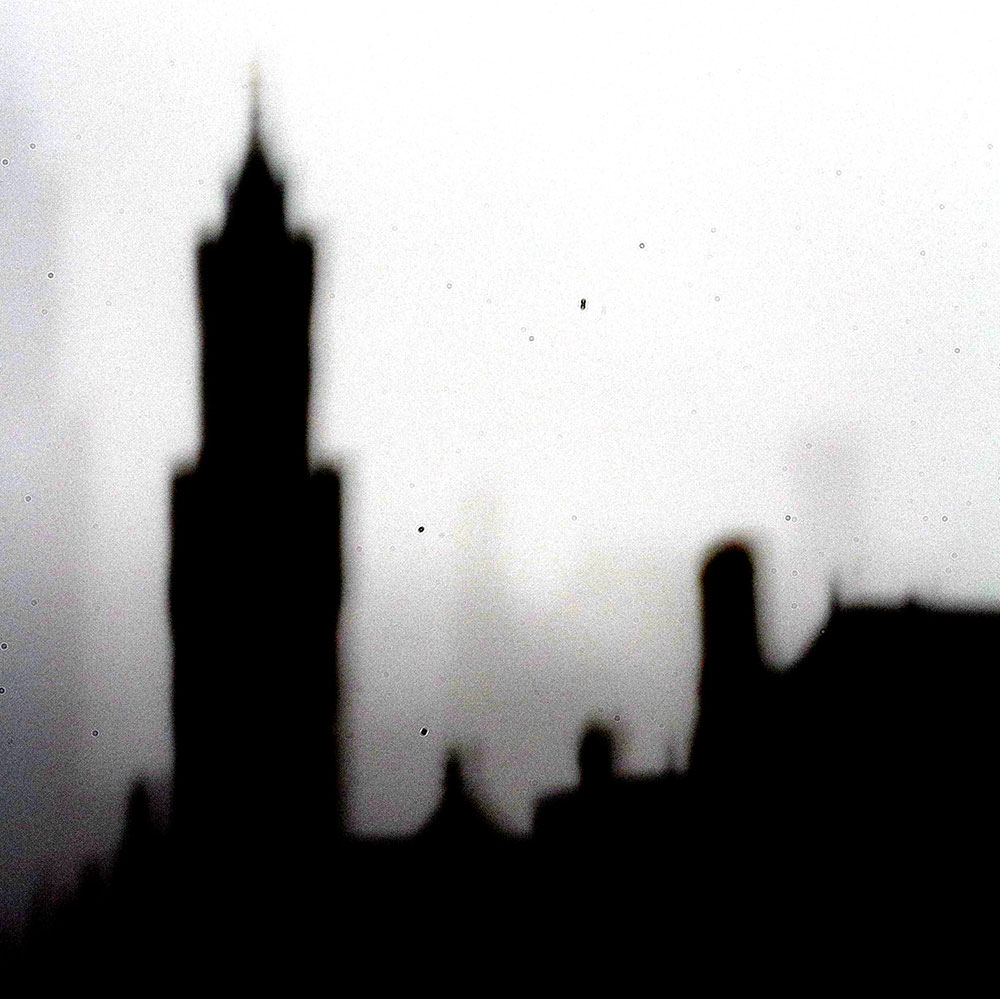Photographers: forget multi-element, multi-coated lenses; ignore pixel density on sensors; all you need to produce stunning images is a soup tin (or any other light-tight container), a surface coated with a light-sensitive material—and a pin. A good deal of patience also helps.

One of the current exhibitions at the National Science and Media Museum, Poetics of Light: Pinhole Photography, comprises over 200 images made using pinhole devices. There is tremendous variety in both the style and content of images, ranging from highly saturated colour prints through to moodily sensuous black-and-white studies, from apocalyptic atomic blasts and surrealist imaginings to straightforward portraits. If you had any doubts about a pinhole camera’s ability to be used like any other photographic device, this show will dispel them.
The exhibition has arrived from the US courtesy of the New Mexico History Museum, and samples the lifelong collection of Eric Remmer and Nancy Spencer. It is due to their diligence and enthusiasm that this material is available for public display—something for which we should be grateful.
There is a wealth of material from which to choose; it is hard to pick favourites on a quick viewing (this is a show that will repay repeat visits). Once I was over the initial shock that such good quality images could be made using such a simple process, I looked for images that showed the technique to its full advantage. For me, the most compelling were those made this year by the students of Bradford College and members of the Bradford Photographic Society. Grouped together, they form an almost installation-like collection of images of Bradford. I particularly liked the black-and-white studies, the vignetting and lack of absolute sharpness adding to the slightly mysterious atmosphere they induce.


I was also impressed by the overall design and quality of the exhibition as a whole. Much of the original American show has been transferred to Gallery One (not the easiest or most forgiving of spaces) and it works very well.
Poetics of Light is a show not to be missed, and should appeal to those interested in the aesthetic as well as the technical. That Bradford is the only UK venue is something to be applauded, and I hope that we will be able to have more such exhibitions in the future.